Wanderlust Chronicles - Ep. 4 Jamaika
Wanderlust Chronicles - Ep. 4 Jamaika
Jamaica is the third largest island in the Western Caribbean and is globally renowned for Reggae music and its fastest male and female runners. As a travel destination, the island offers much more than just sea and sun. From its lush hills and valleys, white sand beaches, to rugged offbeat trails that only the lion-hearted dare to venture. The culture, the music, the people, and the warm ocean breeze will embrace you, lull you, and make you lose track of time. You will experience what the locals call "feeling iree" which is a calm, pleasant mellow state of mind. But what should you know before you go?
The First Jamaicans
The name "Jamaica" originated from the Arawak language of the indigenous Taino Indians, who were the first inhabitants. The name means "land of wood and water." The first Europeans to arrive were the Spanish during Christopher Columbus' second visit to the Americas. However, the island has had a very turbulent history and changed hands between Spanish, French, and English governance. African slaves were initially introduced by the Spanish in small numbers as house helpers and later in larger groups by the British rulers to cultivate sugarcane and cocoa plantations.
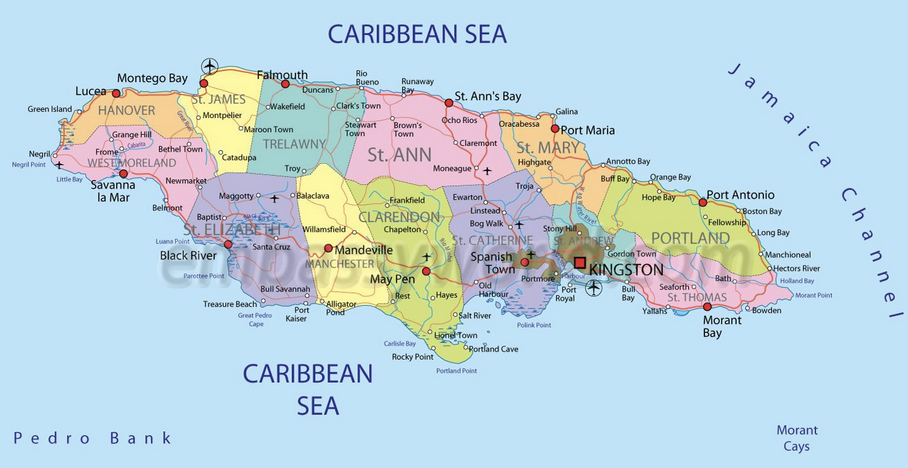
The landmass covers only 235 kilometers in length and is 35 to 86 kilometers wide, making it possible to traverse the entire island in one or two days. The 14 parish subdivisions offer travelers diverse opportunities to experience the different vibes of Jamaica. There are three airports on the island, providing convenient access for visitors to reach their preferred locations on the north, east, or west coast.
The Language
Jamaica, like all of the other Caribbean islands, has its unique local dialect called Patois (Patwa). The official language in schools and business is English, but Patois is the first language learned by children. This dialect reflects the history of the people who have inhabited the island and is a colorful mixture of African phrases, French, Spanish, and English terminologies. The vocabulary and accents vary from the city folks to those from the rural areas. Visitors can pleasantly surprise the locals by greeting them using Patois, and you will be welcomed like a Yardie (local).
- How are you? - Waa ah guan
- I am doing well - Feeling iree. Mi deh ya
- I can help you - No problem, mon
The People and Culture
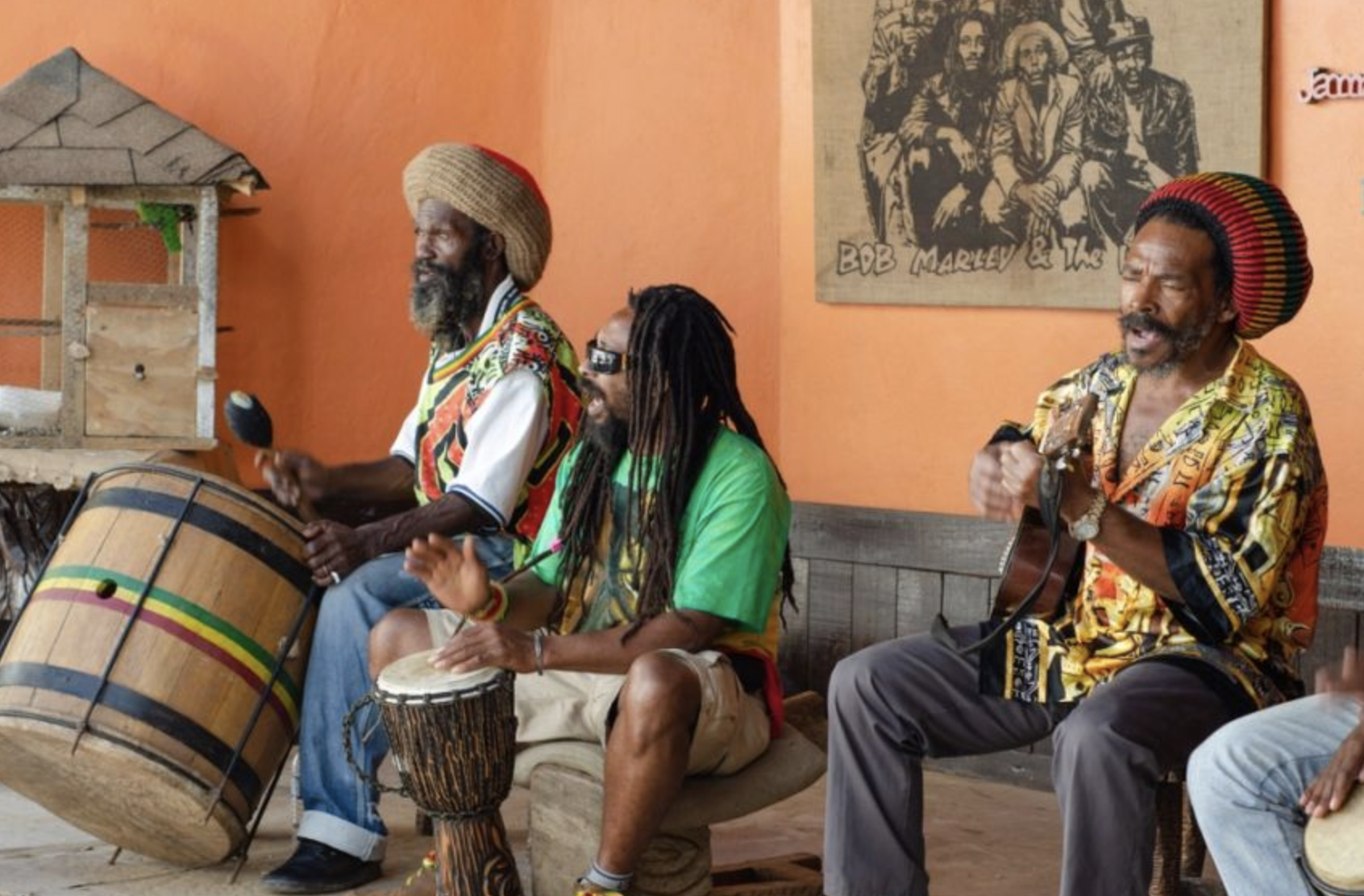
Climate
Think tropics: Endless beach weather. The average daytime temperature ranges between 33 to 38 degrees Celsius all year round. The surrounding ocean waters are always comfortable for swimming and sunbathing. The rainy season in Jamaica is from May to July and November. Hurricanes and thunderstorms can also occur during these months. The driest and coolest Months are in December to March and are also the peak of the travel and tourist seasons.
Healthwise
You can find useful information about Jamaica travel on the CDC website.
Each parish has a public hospital and community clinics that can be accessed by both locals and visitors in case of emergencies. There are also ample private facilities and pharmacies in vacation locations. It is not uncommon for locals to seek help from Obeah women or natural healers for herbal baths when they experience vague maladies.
While short stays in Jamaica don't require specific vaccinations, it's recommended to have a travel consultation, review, and update of your basic vaccination status before traveling. Mosquito-borne illnesses, such as Dengue fever, pose a nationwide, year-round risk. Emphasizing optimal protection against mosquito bites is crucial. Also sun protection for adults and children.
Money
Tourists can enjoy a stronger purchasing power with the CH Franc or US dollar due to favorable exchange rates. Hotels and large commercial stores accept credit cards, but small independent vendors prefer the local currency.
Visum
American, Swiss and European Union citizens can stay in Jamaica for up to 90 days without a visa. All visitors must have a valid passport, a return or onward ticket, and sufficient funds to support themselves during their stay. Regardless of nationality, all travelers must obtain a C5 card, which is equivalent to an Immigration Declaration Form and is issued by the airline.
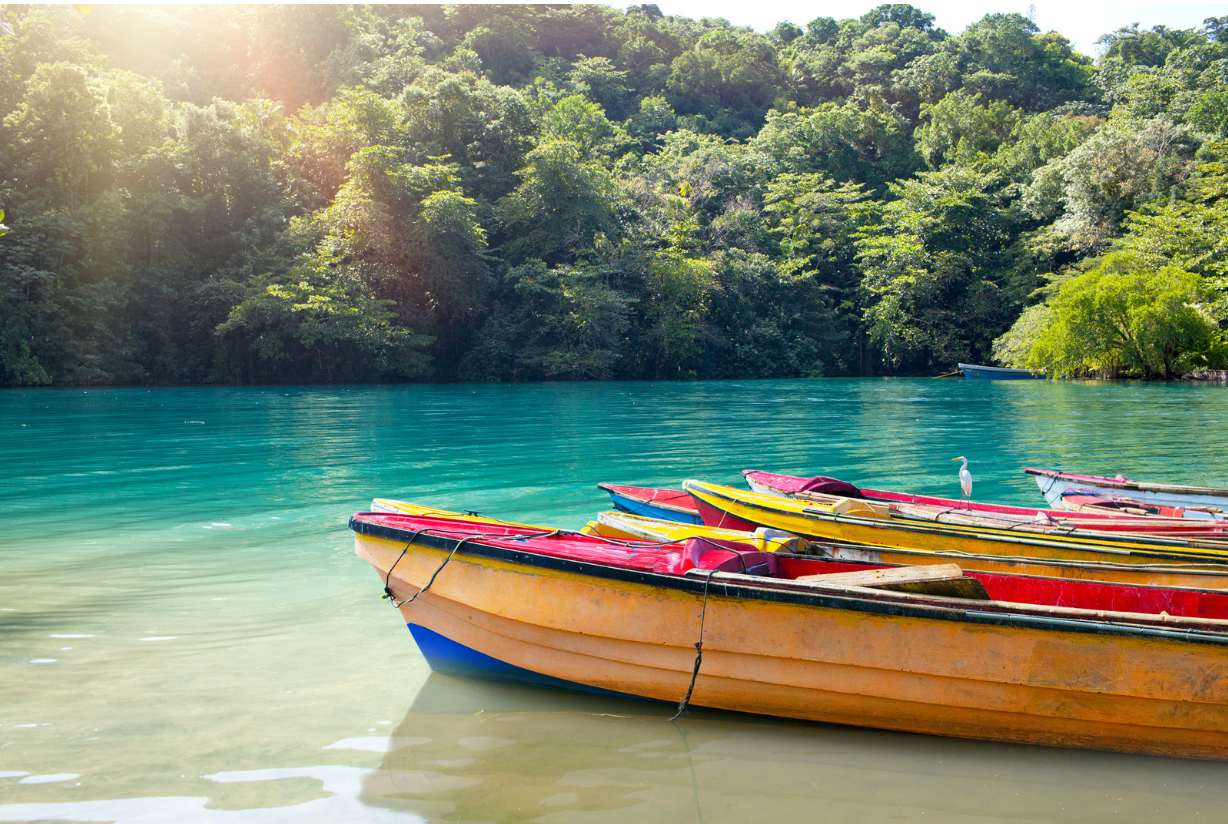
Transportation
For those planning to explore the island, hiring a private taxi chauffeur/guide is highly recommended. It offers a safer, easier, and more comfortable experience. The roadways still follow the English system of driving on the left side of the roadways. Additionally, the traffic rules may not be very clear to first-time visitors. Defensive driving skills are a must in order to navigate the narrow, winding rural roads. The public transportation system consists of buses and limited train services that connect to rural towns.
Safe Travel
Travelers must always observe good personal safety precautions while traveling around the island. Stay aware of your surroundings and avoid displaying money and valuables in public. Contrary to popular belief, marijuana (Ganja) is not legal on the island, and possession can result in fines or imprisonment.
Exploring Every Direction for a Unique Experience: 10 Must-Dos While in Jamaica
1. Spend a Day in Kingston
Kingston is the capital city and business center located on the southern coast of the island. The city was designated a UNESCO Creative City of Music in 2015 because of the significant role of music genres like reggae, ska, rocksteady, and dancehall in its culture. Kingston is also the birthplace of Bob Marley, the king of reggae music, and it houses the Tuff Gong Marley Museum, a must-visit for reggae fans.
2. Take the Ferry to Port Royal
Located off the coast of Kingston Harbor is a lesser-known gem known as Port Royal. Port Royal is accessible by both motor vehicle and ferry. A catamaran ferry departs from Kingston Harbor every hour. Port Royal used to be a notorious haven for pirates in the Caribbean. Legends even suggest that the infamous Blackbeard frequented Port Royal. A part of this attached island was submerged during the earthquakes of 1845 and 1907. The archaeological sites from the colonial era are well worth a visit. Although the era of pirates roaming Port Royal has long passed, locals from Kingston often find the 30-minute ferry ride to Port Royal a relaxing escape, where they can enjoy fresh fish, rum, and play dominoes.
3. Hiking the Blue Mountain Peaks
Not far from Kingston lies the Blue Mountain range in St. Andrew. The highest peak reaches 4,000 meters above sea level. The high altitude, moderate temperatures, and rich volcanic soil provide the perfect conditions for cultivating exquisite Blue Mountain coffee beans. Rumors suggest that these same conditions also favor the cultivation of natural herbal plants.
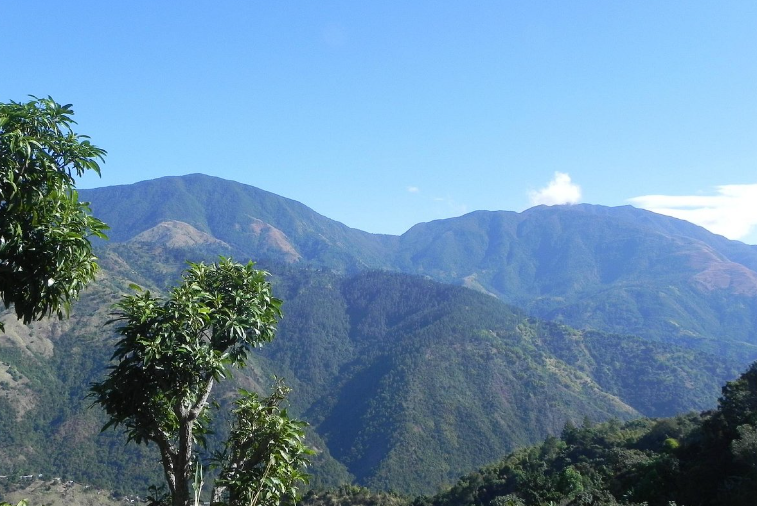
4. Dip into a Mineral Spring
There are approximately eight mineral springs located across the island. The Milk River Bath in Clarendon evokes fond memories of summer school trips to the hot spring. The healing water was believed to be a good way to start the school year. The water temperature remains a toasty 32 to 35 degrees Celsius all year round. The spring water originates from deep within the Earth and is enriched with magnesium, calcium, sulfate, and naturally occurring chloride. Its radioactivity level is the highest among all mineral springs worldwide. It's no wonder that there are stories from the days of slavery and even today among the locals that recount healing of wounds, rheumatism, arthritis, and nerve ailments after a visit.
5. Dunn’s River Falls in Saint Ann
Climbing Dunn's River Falls is one of the most touristy activities on the island. This 600-foot-high waterfall is a beloved adventure and was featured in the James Bond movie, "Dr. No," where the famous Swiss actress Ursula Andress also appeared. The 0.8-mile climb is generally considered a moderately challenging route. For the best experience, climb with a local guide who will escort the group while playing reggae music and leading a tandem climbing party. The area surrounding the falls is also a popular spot for birdwatching, hiking, swimming, and walking.

6. Bamboo Rafting on the Martha Brea River
The calm, clear, gently flowing waters of the Martha Brae allow for a relaxing drift down the river. There are no heavy waves, only ripples of water passing over pebbles and small rocks. As you float on a bamboo raft, you can feel the cares of the world drifting away over the glassy water. The sounds of birds and croaking toads create that elusive "irie" feeling. The serenity will be intermittently interrupted by the voice of the raft guide as they point out interesting sightings, such as hummingbirds or indigenous plants.
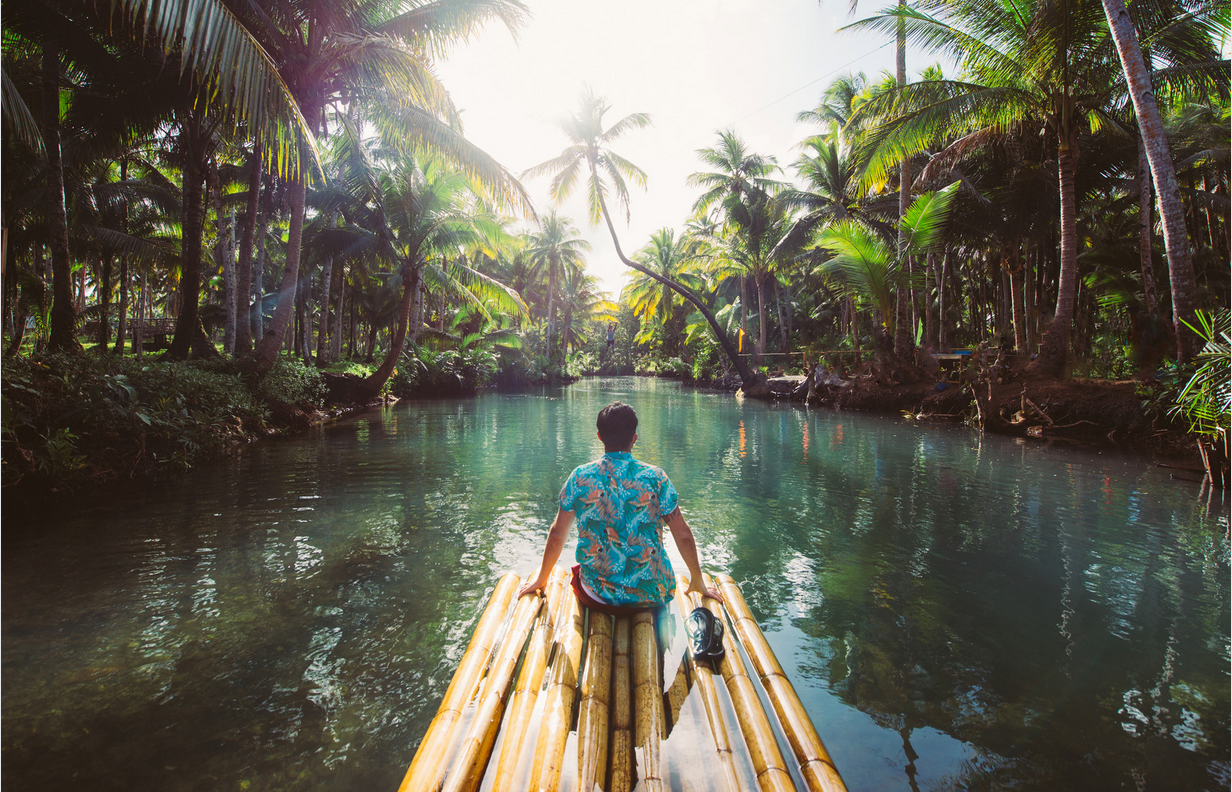
7. Visit the North Coast: Montego Bay and Negril
As the name implies, in the northern tip of the island, lies the mecca of tropical island vacations. The beautiful azure waters and seven-mile-long white sandy beaches are world-famous. For many visitors, the North Coast is enough to have an unforgettable vacation. The pristine waters of the Caribbean Sea are ideal for fishing, diving, and snorkeling excursions. On land, golf and tennis are included in many travel packages.
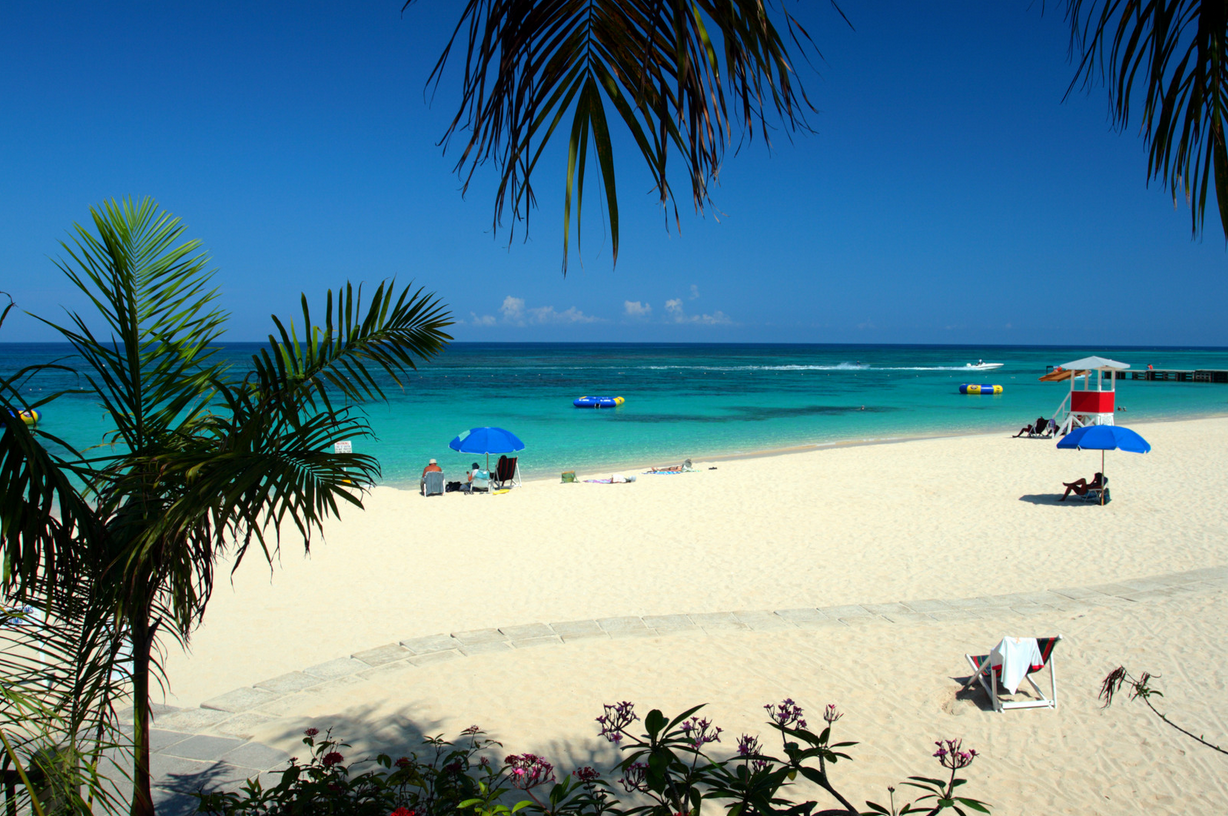
The accommodations are designed to meet the needs of demanding and sophisticated travelers with a taste for luxury. The couples-only and family-oriented hotels are mainly all-inclusive, and for a price, one can truly enjoy the best of what Jamaica has to offer without worries. The music, entertainment, food, drinks, air-conditioned bus day trips around the island, or just hanging out at the resort and enjoying the diverse amenities: the choice is left to the imagination. Your enjoyment and pleasure are guaranteed.
8. Witness a Sunset on the North Coast
While on the North Coast, be sure to wake up early to witness the sunrise over the Caribbean Sea. In the evening, sit on a beach lounge with a cold Red Stripe beer (the local beer) and watch the sunset. These experiences are priceless and are sure to evoke that "irie" feeling once more.
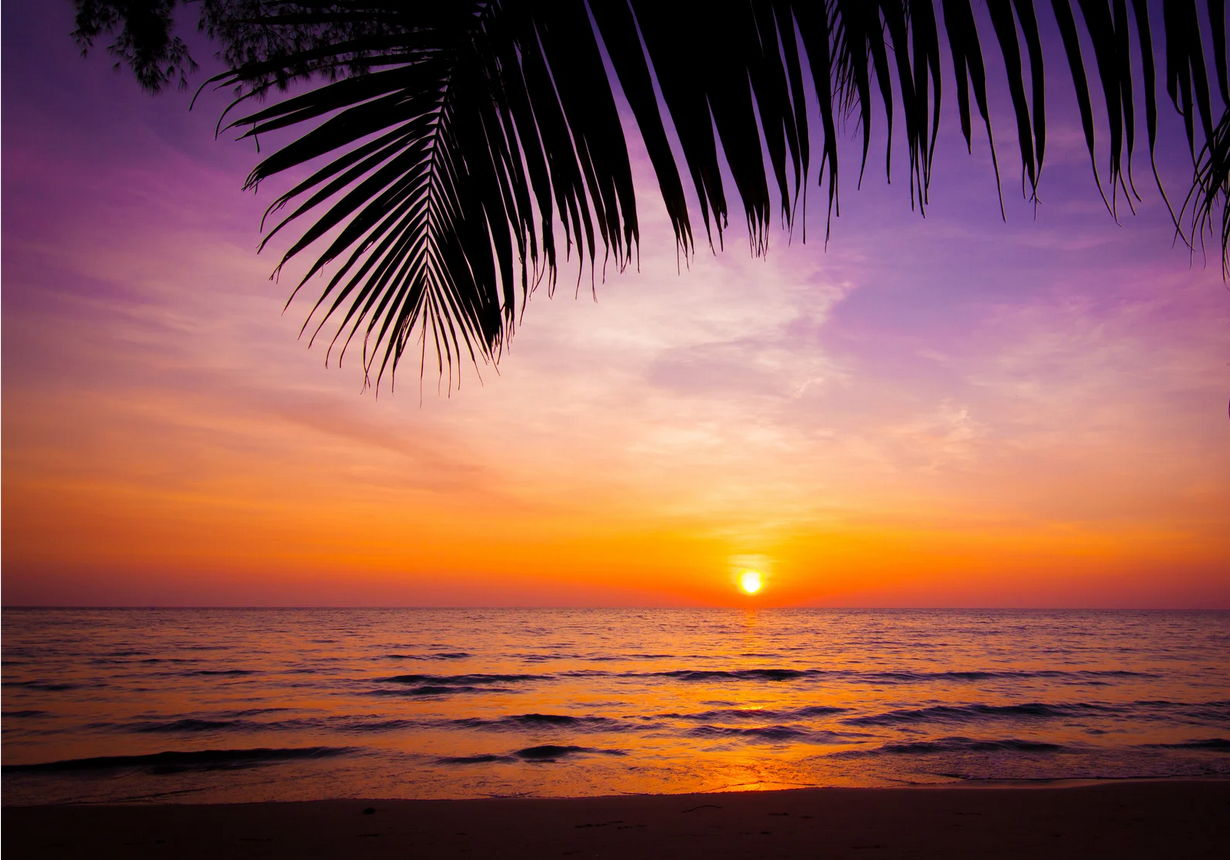
9. Try Authentic Jamaican Cuisine: Jerk, Ackee and Codfish, Cow Cod Soup, Chicken Feet Soup
Ackee and salted codfish are the national dish of Jamaica. Interestingly, the ackee fruit is known as one of the most poisonous plants, but only in its unripe state. When the fruit is ripe, it opens fully, and the pods can be easily removed, boiled, seasoned, and served with salted codfish (bacalao). For parties, jerk chicken or pork is a must.
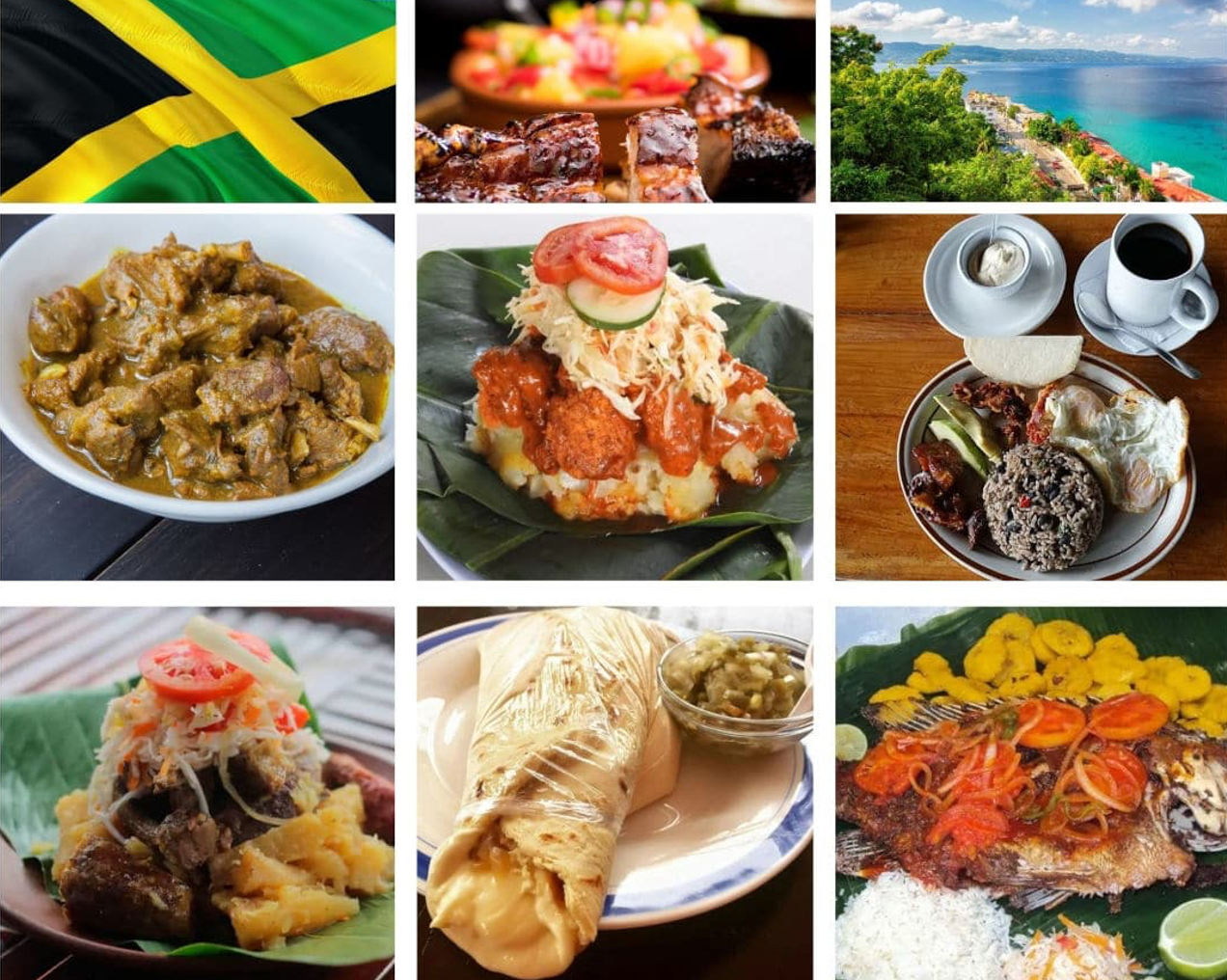
The jerk sauce is made from a variety of local herbs and peppers, which is then added to smoked and grilled meats to create a unique flavor. Cow cod soup is a favorite on the wedding menu. The secret ingredient is the gonads from freshly slaughtered goats, as the animal meat is used for making curried goat. The soup is considered an aphrodisiac and is recommended for the groom.
10. Enjoy a Dancehall-Style Reggae Party
Last but not least, music rocks the soul and heart of Jamaica. Swaying your hips to the sounds of a steel calypso band or a dancehall DJ will rejuvenate the soul and bring back your groove. Throughout the year, there are several music festivals. The most popular ones are the Jamaican Carnival in April and Reggae Sumfest in July.
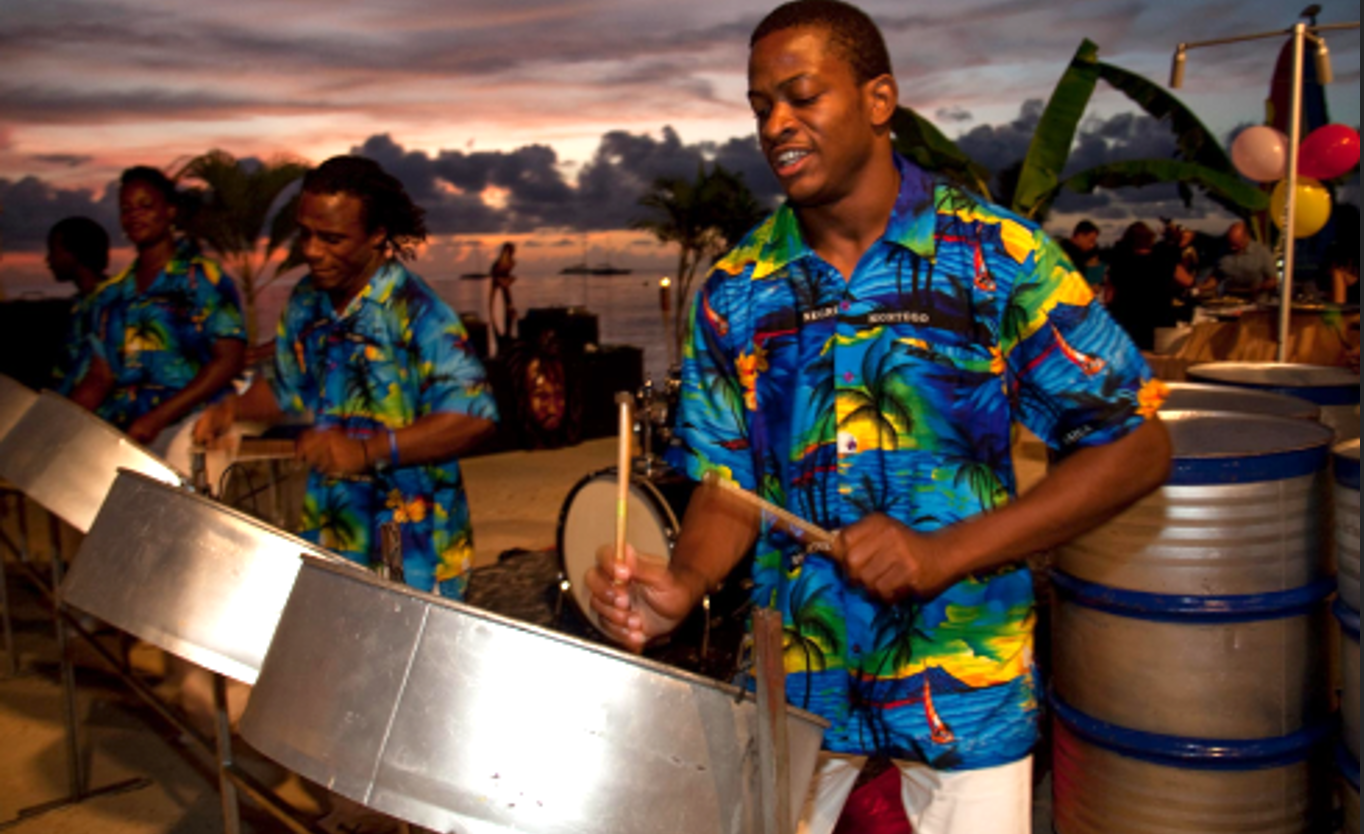
"Come to Jamaica and feel alright" is the slogan of the Jamaican Tourist Board. It's an invitation to visit the island paradise to relax and rejuvenate your mind and body.
Have a great journey! 🇯🇲

